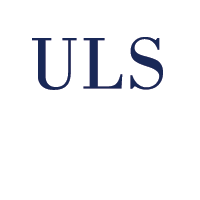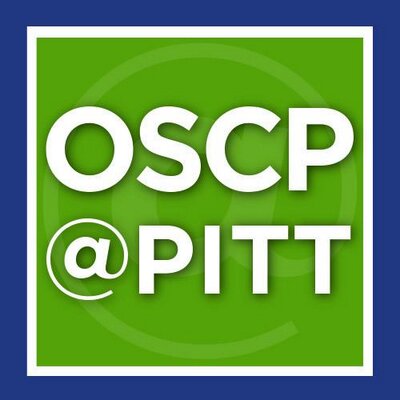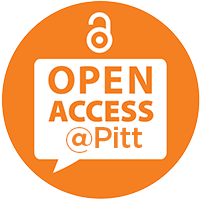Lu, C and Zhang, LM and Zhang, Y and Ying, Y and Li, L and Xu, L and Ruan, X
(2016)
Intranasal dexmedetomidine as a sedative premedication for patients undergoing suspension laryngoscopy: A randomized double-blind study.
PLoS ONE, 11 (5).
Abstract
Background: Intranasal dexmedetomidine, a well-tolerated and convenient treatment option, has been shown to induce a favorable perioperative anxiolysis in children. We investigate intranasal dexmedetomidine as a sedative premedication for anesthesia recovery in an adult population. Methods: A prospective randomized controlled trial; 81 adult patients scheduled for elective suspension laryngoscopy received intranasal dexmedetomidine (1 μg·kg-1) or a placebo 45-60 min before anesthetic induction. Extubation time was used as the primary outcome measure. Secondary variables included the levels of sedation (Observer's Assessment of Alertness/Sedation scale, OAA/S) and anxiety (4-point anxiety score), anesthetic and analgesic requirements, hemodynamic fluctuations, and anesthesia recovery as well as side effects. Results: The levels of sedation and anxiety differed significantly between the two groups at anesthesia pre-induction (p < 0.001 and = 0.001, respectively). Repeated-measure general linear model determined no significant interaction effect between group and time on the targeted concentration of propofol (F = 1.635, p = 0.200), but a significant main effect of group existed (F = 6.880, p = 0.010). A moderate but significant decrease in the heart rate was recorded in the dexmedetomidine group at pre-induction. Episodes of tachycardia and hypertension after tracheal intubation and extubation were more frequent in the placebo group. Conclusions: Intranasal dexmedetomidine as a sedative premedication induced a favorable perioperative anxiolysis without prolongation in anesthesia recovery; the hemodynamic effect was modest. Trial Registration: ClinicalTrials.gov NCT 02108171.
Share
| Citation/Export: |
|
| Social Networking: |
|
Details
| Item Type: |
Article
|
| Status: |
Published |
| Creators/Authors: |
|
| Contributors: |
| Contribution | Contributors Name | Email | Pitt Username | ORCID  |
|---|
| Editor | Chopra, Arvind | UNSPECIFIED | UNSPECIFIED | UNSPECIFIED |
|
| Date: |
1 May 2016 |
| Date Type: |
Publication |
| Access Restriction: |
No restriction; Release the ETD for access worldwide immediately. |
| Journal or Publication Title: |
PLoS ONE |
| Volume: |
11 |
| Number: |
5 |
| DOI or Unique Handle: |
10.1371/journal.pone.0154192 |
| Institution: |
University of Pittsburgh |
| Schools and Programs: |
School of Medicine > Anesthesiology |
| Refereed: |
Yes |
| Date Deposited: |
22 Dec 2016 16:02 |
| Last Modified: |
22 Jun 2021 11:55 |
| URI: |
http://d-scholarship.pitt.edu/id/eprint/28231 |
Metrics
Monthly Views for the past 3 years
Plum Analytics
Altmetric.com
Actions (login required)
 |
View Item |








